Are you looking for Best Payment Gateways in India? If Yes, You are at the right place.
The growth of digital payments in India has transformed the way businesses operate, making online transactions more accessible and efficient. With an increasing number of consumers preferring digital payments over cash, having a reliable and secure payment gateway has become essential for businesses of all sizes.
Whether you’re running an e-commerce store, a subscription service, or a small business, a payment gateway helps facilitate smooth transactions while ensuring security and compliance with financial regulations. Additionally, understanding What are the Role of Payment Gateways in Cross-Border E-Commerce is essential for businesses aiming to expand globally. In this article, we will explore the top 10 best payment gateways in India.
What are Payment Gateways?
A payment gateway is a technology that enables businesses to accept online payments securely from customers through various digital payment methods such as credit cards, debit cards, UPI, net banking, and digital wallets. It acts as an intermediary between the customer, the merchant, and the financial institutions involved in the transaction, ensuring that the payment process is encrypted, authenticated, and executed smoothly.
Payment gateways are important for online businesses as they handle transaction authorization, fraud detection, and fund settlement, reducing the risk of security breaches and ensuring a seamless checkout experience for customers. For small enterprises looking to optimize affordability and reliability, exploring the Best Payment Gateways for Small Businesses can help identify tailored solutions that match their specific needs.
How Do Payment Gateways In India Work?
Payment gateways function through a series of secure steps that ensure the smooth transfer of funds between the buyer and seller. Here’s how a typical payment gateway works:
- Customer Initiates Payment – When a customer selects a product or service online, they proceed to checkout and choose their preferred payment method (credit/debit card, UPI, wallet, etc.).
- Encryption and Authentication – The payment gateway encrypts the customer’s payment details and sends them securely to the acquiring bank.
- Transaction Processing – The acquiring bank forwards the payment request to the respective card network (Visa, MasterCard, etc.) or payment provider.
- Authorization – The issuing bank (customer’s bank) checks for available funds and approves or declines the transaction based on factors like account balance and fraud risk.
- Transaction Completion – If approved, the payment gateway notifies the merchant and customer of the successful transaction.
- Settlement – The funds are transferred to the merchant’s account after a designated period, usually within a few business days.
By using a payment gateway, businesses can offer secure, fast, and convenient payment options, improving the overall shopping experience for their customers.
Why Do People Need Payment Gateways in India?
India is one of the fastest-growing digital economies, with millions of transactions happening online every day. The need for payment gateways has become more critical than ever due to various factors:
- Convenience for Customers – Payment gateways enable customers to make quick and hassle-free transactions using their preferred payment method, whether it be UPI, cards, or digital wallets.
- Security and Fraud Protection – Advanced encryption and fraud detection mechanisms in payment gateways ensure that online transactions are secure, reducing the risk of data breaches and fraudulent activities.
- Multiple Payment Options – With diverse payment preferences among Indian consumers, businesses need gateways that support various payment methods to cater to a broad audience.
- Faster Payment Processing – Payment gateways help businesses receive payments instantly or within a short timeframe, improving cash flow and reducing financial bottlenecks.
- Integration with Online Stores – Payment gateways seamlessly integrate with e-commerce platforms, allowing businesses to accept payments without needing extensive technical expertise.
Top 10 Best Payment Gateways in India in 2025
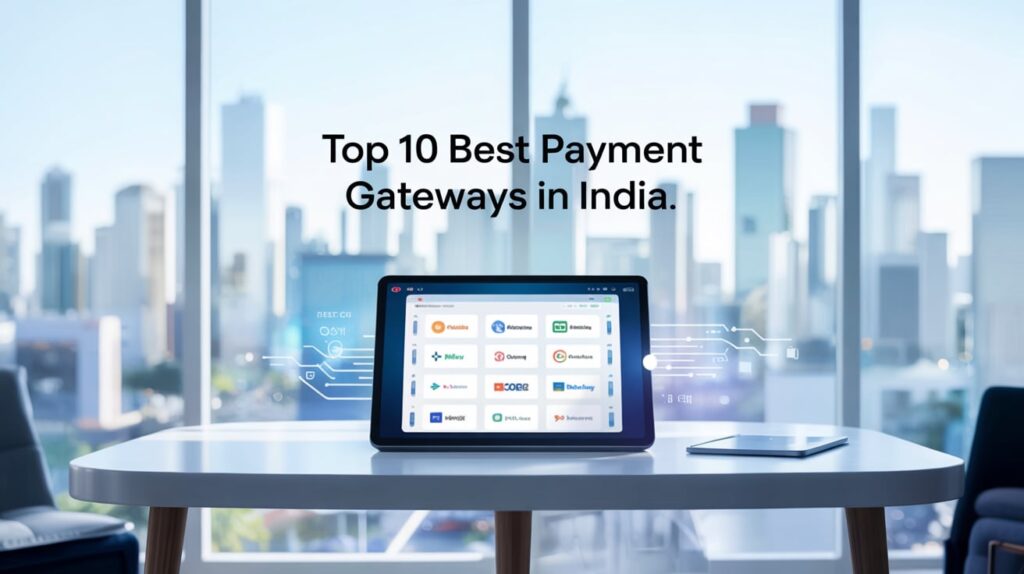
Below are the top 10 best payment gateways in India..
1. Razorpay
Razorpay is one of India’s most advanced and developer-friendly payment gateways. It provides businesses with a full-stack financial ecosystem, allowing them to accept, process, and disburse payments online seamlessly. Razorpay offers a wide range of solutions, including payment links, subscriptions, invoices, and corporate credit cards. It also integrates well with e-commerce platforms, making it a preferred choice for startups and enterprises alike.
Features:
- Accepts credit/debit cards, UPI, wallets, and net banking
- Supports international payments and multiple currencies
- Offers instant settlements for businesses
- Smart automated recurring payments for subscription-based businesses
Pros:
- Easy integration with e-commerce platforms and websites
- High transaction success rate with quick settlements
- Competitive pricing with advanced fraud detection
Cons:
- Customer support response time can be slow
Compatibility: Web, mobile apps
2. Paytm
Paytm, a household name in India, started as a mobile wallet in 2010 and has since evolved into a comprehensive digital payments platform. It now offers a robust payment gateway for businesses, supporting both online and offline transactions. Paytm’s strength lies in its massive user base—over 400 million registered users—making it a familiar and trusted option for customers. Its QR code-based payment system is especially popular among offline merchants, such as small retailers and street vendors, while its UPI integration ensures frictionless online transactions.
Features:
- Supports UPI, cards, net banking, and Paytm wallet
- QR code-based payments for offline merchants
- Subscription and recurring payment options
- Paytm Postpaid integration for credit-based payments
Pros:
- Large user base ensures familiarity for customers
- Affordable pricing for small businesses
- Quick onboarding process
Cons:
- Limited international payment support
- Transaction fees can be high for certain plans
Compatibility: Web, mobile apps, POS systems
3. PayU
PayU is a leading payment gateway in India, known for its secure, scalable, and feature-rich solutions. Acquired by Naspers in 2011, it has grown into a trusted name for businesses ranging from small startups to large corporations like BookMyShow and Myntra. PayU stands out with its advanced analytics, one-click checkout feature, and support for over 100 payment methods, making it ideal for merchants aiming to optimize their payment processes and enhance customer experience.
Features:
- Accepts cards, UPI, net banking, and wallets
- Multi-currency support for international transactions
- One-click checkout feature
- Advanced analytics dashboard
Pros:
- Robust security with PCI DSS compliance
- High scalability for growing businesses
- Supports over 100 payment methods
Cons:
- Setup fees can be high for small businesses
- Delayed settlement times in some cases
Compatibility: Web, mobile apps
4. CCAvenue
CCAvenue, established in 2001, is one of India’s oldest and most reliable payment gateways. It serves over 100,000 merchants, including major brands like MakeMyTrip and Cleartrip. Known for its extensive payment options—over 200 methods—and customizable checkout pages, CCAvenue caters to businesses seeking versatility and control over their payment experience. Its multilingual support and fraud detection tools further enhance its appeal for merchants handling high-volume or international transactions.
Features:
- Supports over 200 payment options, including cards and UPI
- Multilingual checkout pages
- Multi-currency processing
- Fraud detection and risk management tools
Pros:
- Wide range of payment options
- Customizable checkout experience
- Reliable for high-volume transactions
Cons:
- Complex integration process
- Higher transaction fees for small merchants
Compatibility: Web, mobile apps
5. Instamojo
Instamojo is a user-friendly payment gateway tailored for small businesses, freelancers, and startups in India. Launched in 2012, it simplifies online payments by eliminating the need for complex integrations or hefty upfront costs. Beyond payment processing, Instamojo offers tools to create digital storefronts, enabling merchants to sell products or services without a full-fledged website. Its payment link feature is particularly useful for individuals like tutors or consultants who need quick, shareable payment options.
Features:
- Accepts cards, UPI, wallets, and net banking
- Instant payouts to bank accounts
- Built-in tools for creating online stores
- Payment links for easy sharing
Pros:
- No setup or maintenance fees
- Simple and fast setup process
- Ideal for small-scale businesses
Cons:
- Limited features for large enterprises
- No international payment support
Compatibility: Web, mobile apps
6. Cashfree
Cashfree is a next-generation payment gateway in India, launched in 2015, that focuses on speed, innovation, and flexibility. It’s a popular choice for marketplaces, e-commerce platforms, and businesses requiring bulk payouts or instant refunds. Cashfree’s developer-friendly APIs and features like auto-split payments make it a strong contender for tech-savvy businesses looking to streamline financial operations.
Features:
- Supports cards, UPI, net banking, and wallets
- Instant settlement and bulk payouts
- Auto-split payments for marketplaces
- Recurring payment options
Pros:
- Fast and reliable payouts
- Developer-friendly APIs
- Competitive pricing structure
Cons:
- Customer support can be inconsistent
- Limited global reach
Compatibility: Web, mobile apps
7. Stripe (India Beta)
Stripe, a global leader in online payments, entered the Indian market in a beta phase to cater to businesses seeking scalable and secure solutions. Known for powering companies like Amazon and Google globally, Stripe brings its advanced infrastructure to India with features like subscription billing, invoicing, and fraud prevention. While still in beta, it’s gaining traction among developers and businesses with international aspirations.
Features:
- Accepts cards, UPI, and net banking
- Multi-currency support
- Subscription billing and invoicing
- Advanced fraud prevention tools
Pros:
- Highly customizable for developers
- Seamless integration with global platforms
- Strong security features
Cons:
- Still in beta in India, limited availability
- Higher fees for international transactions
Compatibility: Web, mobile apps
8. BillDesk
BillDesk, founded in 2000, is a veteran in India’s payment gateway industry, specializing in bill payments and online transactions. It powers payment systems for major banks, telecom providers, and utilities like BSNL and Airtel. While it excels in high-volume transactional environments, its focus on security and reporting makes it a reliable choice for enterprises.
Features:
- Supports cards, net banking, and UPI
- Bill payment and recharge solutions
- Multi-bank EMI options
- Robust reporting tools
Pros:
- Trusted by major banks and enterprises
- Reliable for high-volume transactions
- Strong focus on security
Cons:
- Outdated user interface
- Limited flexibility for small businesses
Compatibility: Web, mobile apps
9. PhonePe for Business
PhonePe, originally launched as a UPI-based payment app in 2016, has expanded into a payment gateway for businesses. Backed by Walmart, it leverages its massive user base—over 300 million users—to offer merchants seamless UPI and wallet payment options. Its simplicity and low fees make it a favorite among small and medium-sized merchants.
Features:
- UPI, cards, and wallet payments
- QR code payment support
- Real-time transaction tracking
- Instant settlement options
Pros:
- Seamless UPI integration
- Low transaction fees
- Popular among Indian consumers
Cons:
- Limited international payment options
- Basic features compared to competitors
Compatibility: Web, mobile apps, POS
10. Atom
Atom is a versatile payment gateway in India that bridges online and offline payment needs. Established in 2006, it focuses on security, affordability, and ease of use, making it suitable for SMEs and merchants with diverse requirements. Its IVR-based payment collection and POS support set it apart for businesses with hybrid operations.
Features:
- Accepts cards, UPI, and net banking
- IVR-based payment collection
- POS and QR code support
- Real-time analytics
Pros:
- Strong offline payment solutions
- Affordable pricing for SMEs
- Quick setup process
Cons:
- Limited brand recognition
- Fewer advanced features for enterprises
Compatibility: Web, mobile apps, POS systems
How to Choose the Best Payment Gateway in India?
Selecting the right payment gateway for your business requires careful consideration of several factors. Here’s what you should look for:
- Business Needs – Consider the nature and scale of your business to choose a gateway that aligns with your transaction volume and payment preferences.
- Payment Options – Ensure the gateway supports multiple payment methods, including UPI, net banking, and digital wallets.
- Security and Compliance – Look for PCI-DSS compliance, fraud detection, and encryption features.
- Ease of Integration – Choose a payment gateway that integrates seamlessly with your website or e-commerce platform.
- Transaction Fees and Hidden Costs – Compare fees, including setup costs, transaction charges, and withdrawal fees.
What to Consider When Choosing the Right Payment Gateway in India
Choosing the right payment gateway is a vital decision for businesses operating in India’s rapidly growing digital economy. A suitable gateway can streamline operations, improve customer experience, and directly impact revenue. Here’s a detailed breakdown of key factors to consider:
1. Security
Security is the cornerstone of online payments. Indian consumers are increasingly cautious about where they enter their financial information. Look for payment gateways that are:
- PCI DSS Compliant: This ensures the provider meets international standards for securely handling cardholder information.
- SSL Encryption: Protects data during transmission.
- Fraud Detection Tools: Features like OTP (one-time password), tokenization, and real-time monitoring help prevent fraudulent transactions.
Why it matters: A breach in payment data can lead to financial losses, legal consequences, and irreparable damage to brand reputation.
2. Transaction Success Rate
The transaction success rate refers to the percentage of successful payments out of the total attempted. In India, where internet connectivity and bank downtimes can affect payment flow, this metric is crucial.
- Look for gateways with high reliability and failover routing to alternative banks when one is down.
- Opt for gateways with real-time monitoring and optimization features that increase success rates.
Why it matters: A low success rate leads to frustrated customers, abandoned purchases, and lost revenue. Even a 2-3% increase in success rate can significantly boost conversions.
3. Settlement Time
Settlement time is the period it takes for funds to reach your bank account after a successful transaction.
- Common settlement cycles in India are T+1 (next working day), T+2, or sometimes longer.
- Gateways like Cashfree and Razorpay offer T+1 or instant settlements, which are ideal for managing daily cash flows.
Why it matters: Faster settlements improve liquidity, allowing you to reinvest in inventory, marketing, or operations more efficiently.
4. Customer Support
In a market like India, where businesses deal with high volumes and varied customer behaviors, strong customer support is non-negotiable.
- Prioritize gateways offering 24/7 support via chat, phone, or email.
- Look for providers with a reputation for quick resolution of disputes, payment failures, and onboarding issues.
Why it matters: Timely support can prevent revenue loss during technical issues and ensures smoother business operations.
5. User Experience
The checkout experience is a make-or-break moment in the buyer’s journey.
- Choose a gateway with a mobile-optimized and customizable checkout page.
- Look for one-click payments, support for UPI, wallets, EMIs, and net banking, which are widely used in India.
- Fast page load times and fewer redirects also help improve conversions.
Why it matters: A seamless, fast, and intuitive payment process reduces cart abandonment and builds trust with customers.
Bonus Considerations:
- Integration with Indian Platforms: Make sure the payment gateway integrates well with popular Indian e-commerce platforms like Shopify India, WooCommerce, and Zoho Commerce.
- Pricing & Fees: Compare setup costs, transaction charges (usually 1.75%–2.5%), and hidden fees like chargeback or refund processing fees.
- Support for Local & Global Payments: If you plan to scale globally, choose a gateway that supports international cards and FX conversion (e.g., PayPal, Razorpay, Stripe).
Advantages & Disadvantages of Payment Gateways in India
Advantages
- Secure and seamless transaction processing
- Enhanced customer experience with multiple payment options
- Faster payment settlements for businesses
- Reduced risk of fraud through encryption and authentication
Disadvantages
- Setup and transaction fees can be high for small businesses
- Some gateways may have transaction failures or downtime
- Technical integration challenges for beginners
FAQs
Which Payment Gateway is Cheapest in India?
Instamojo and Cashfree rank among the most affordable, with no setup fees and transaction charges as low as 1.75-1.9%, ideal for budget-conscious businesses. However, costs vary based on features and scale.
Can I Use Multiple Payment Gateways?
Yes, many businesses deploy multiple gateways to diversify payment options, improve success rates, and reduce dependency on a single provider. Tools like Razorpay’s Route can even manage this seamlessly.
Are Payment Gateways Safe?
Reputable gateways with PCI DSS compliance, encryption, and fraud detection are highly secure. Always verify a provider’s security credentials to mitigate risks.
Which Gateway is Best for International Payments?
PayPal and Stripe lead for cross-border transactions due to their multi-currency support and global reach, while Razorpay and PayU offer competitive alternatives for Indian businesses.
Conclusion
Payment gateways are the lifeline of India’s booming digital economy, offering businesses the tools to thrive in a competitive market. Whether you’re a small seller opting for Instamojo or a global player leveraging PayPal, the right gateway can transform your payment experience. Evaluate your needs—cost, compatibility, and customer preferences—before deciding. As of March 18, 2025, Razorpay, PayU, and Paytm stand out for their versatility, but each of the top 10 has unique strengths to suit different business models. Choose wisely, and watch your business soar in India’s cashless future!
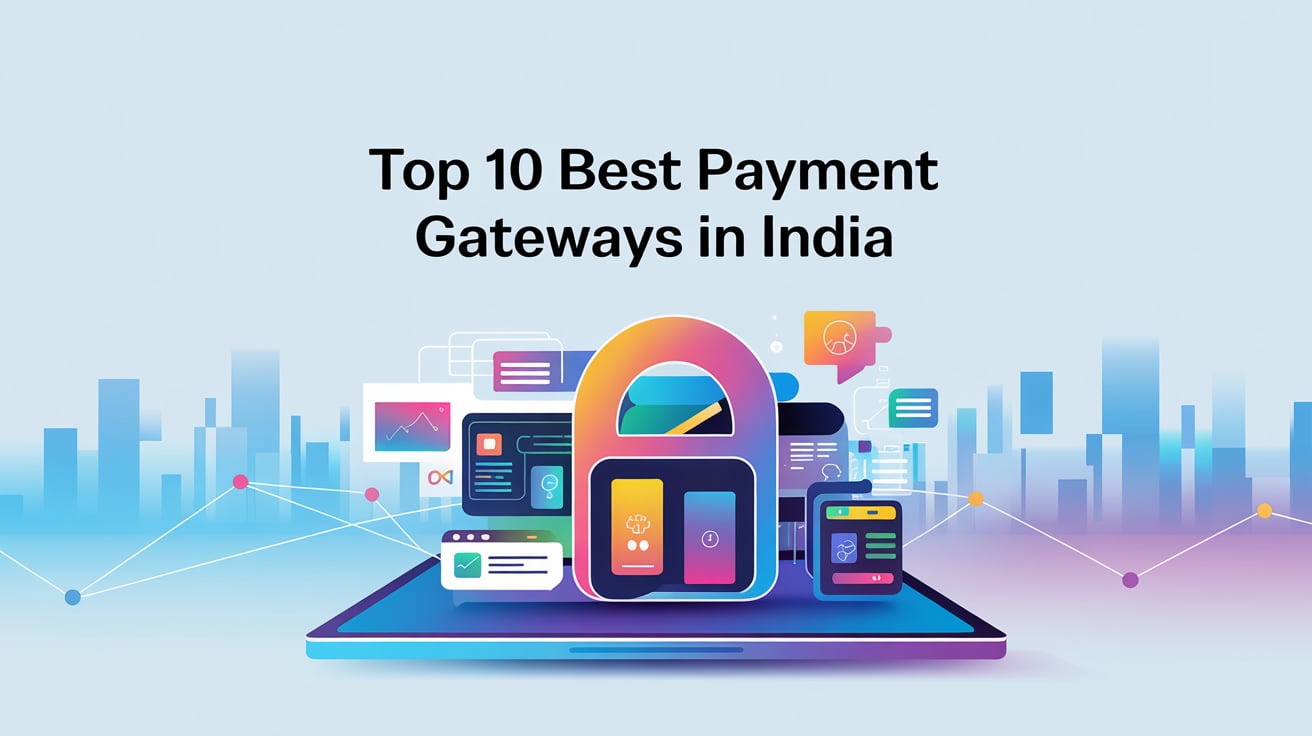

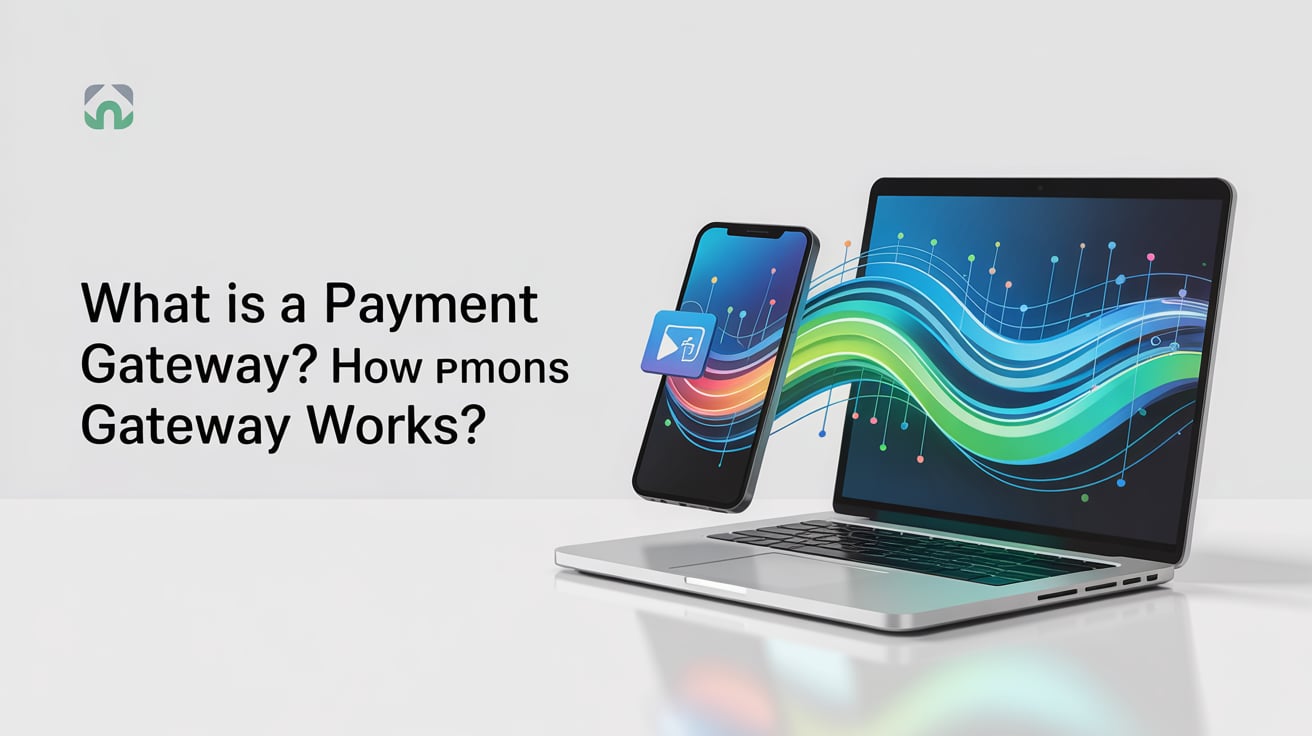
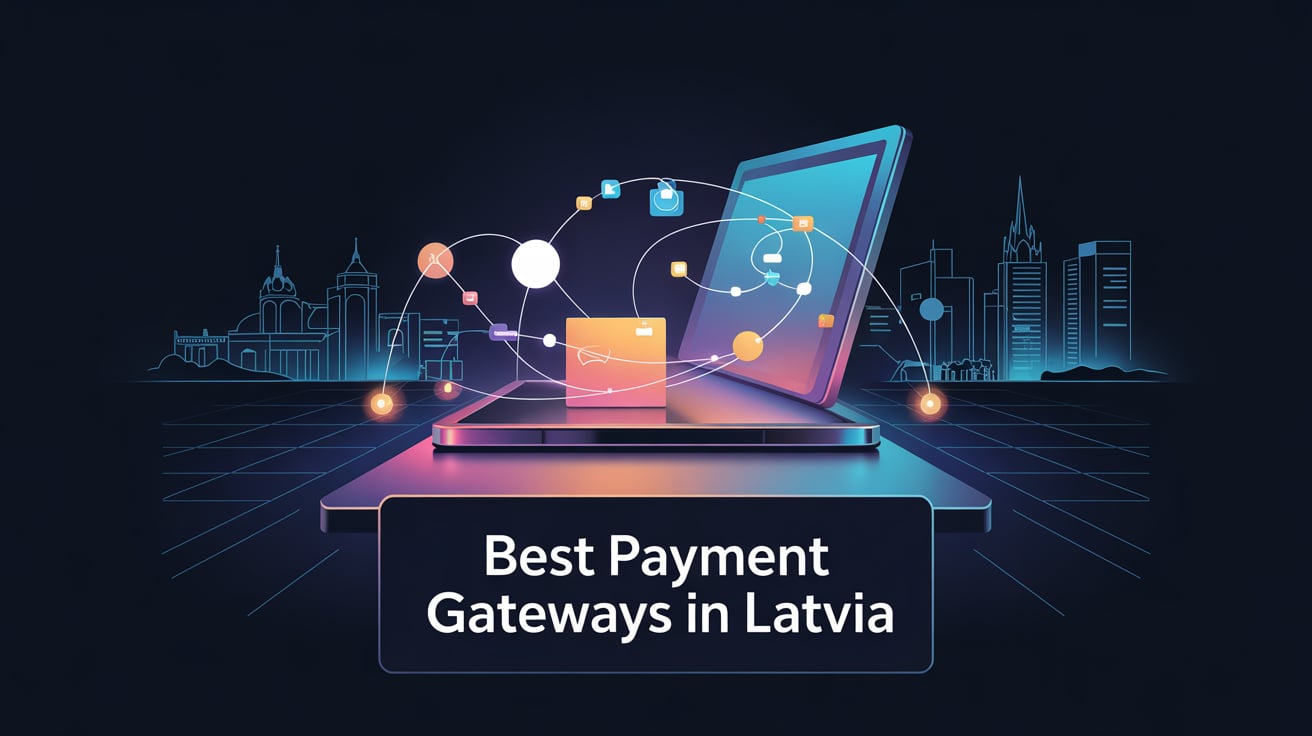
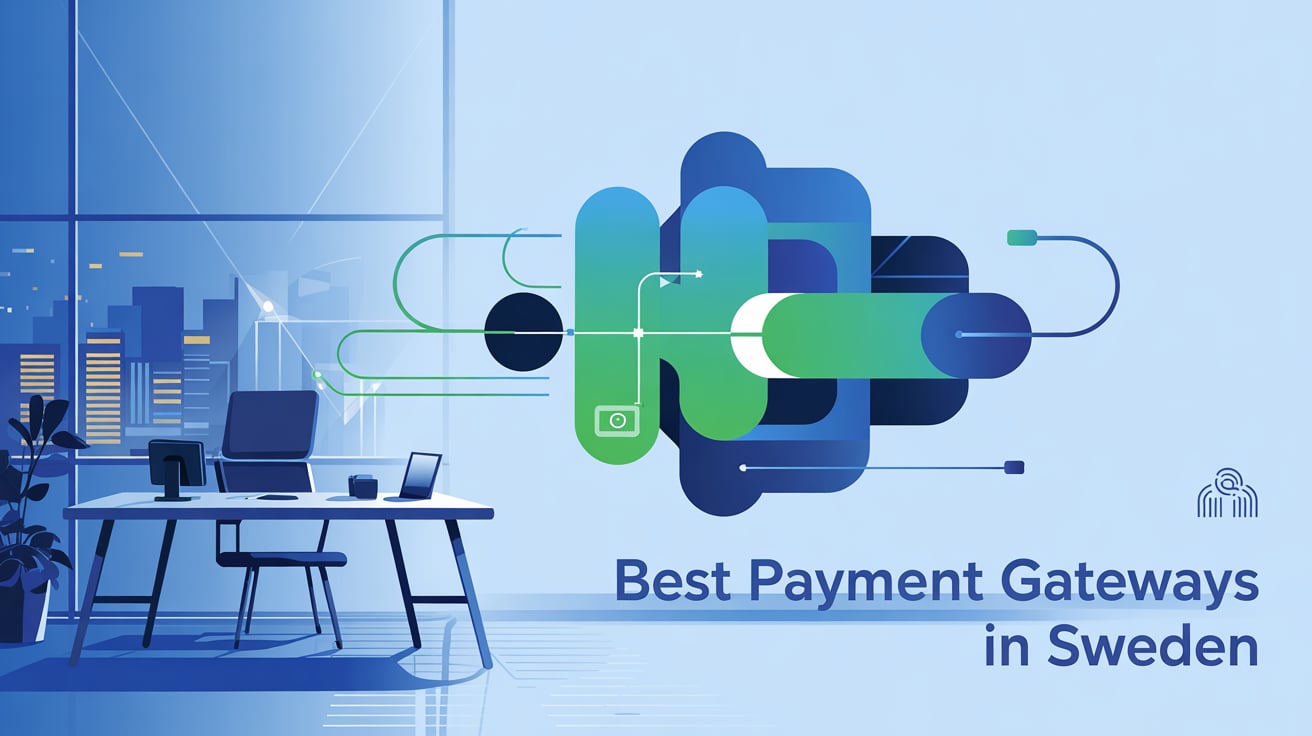
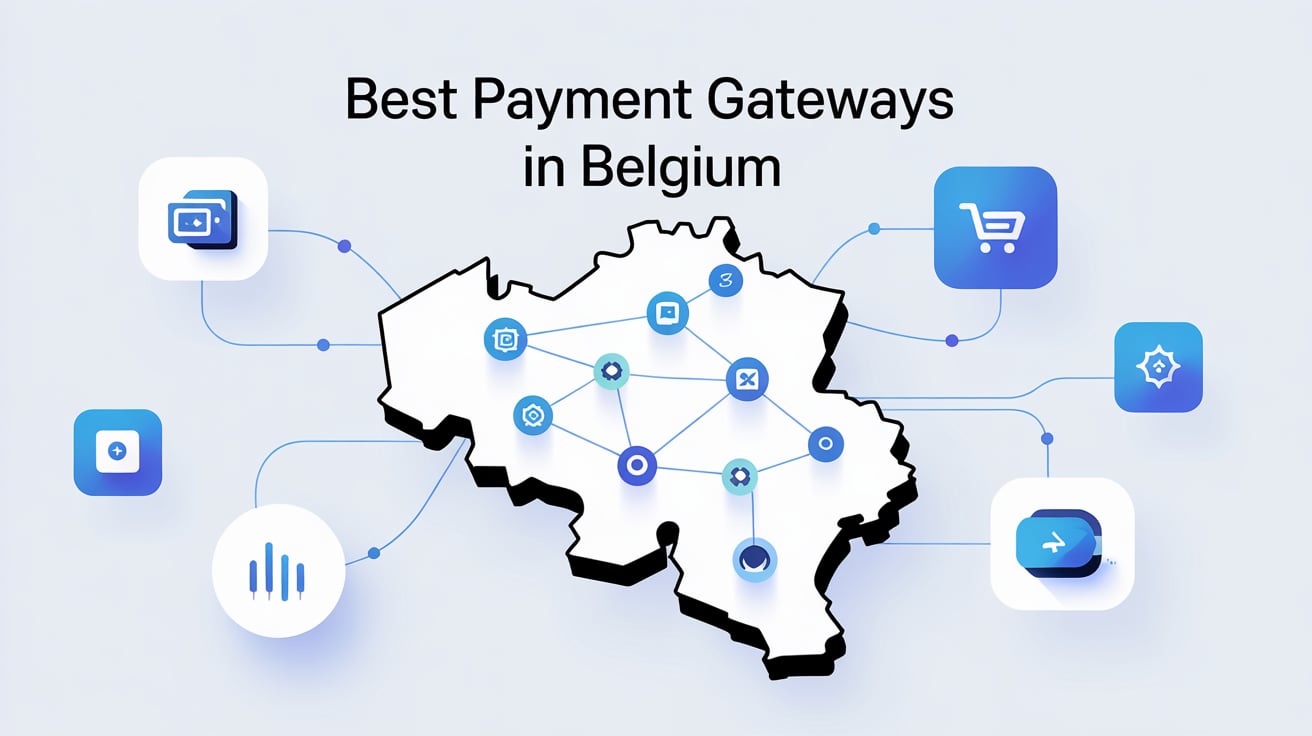

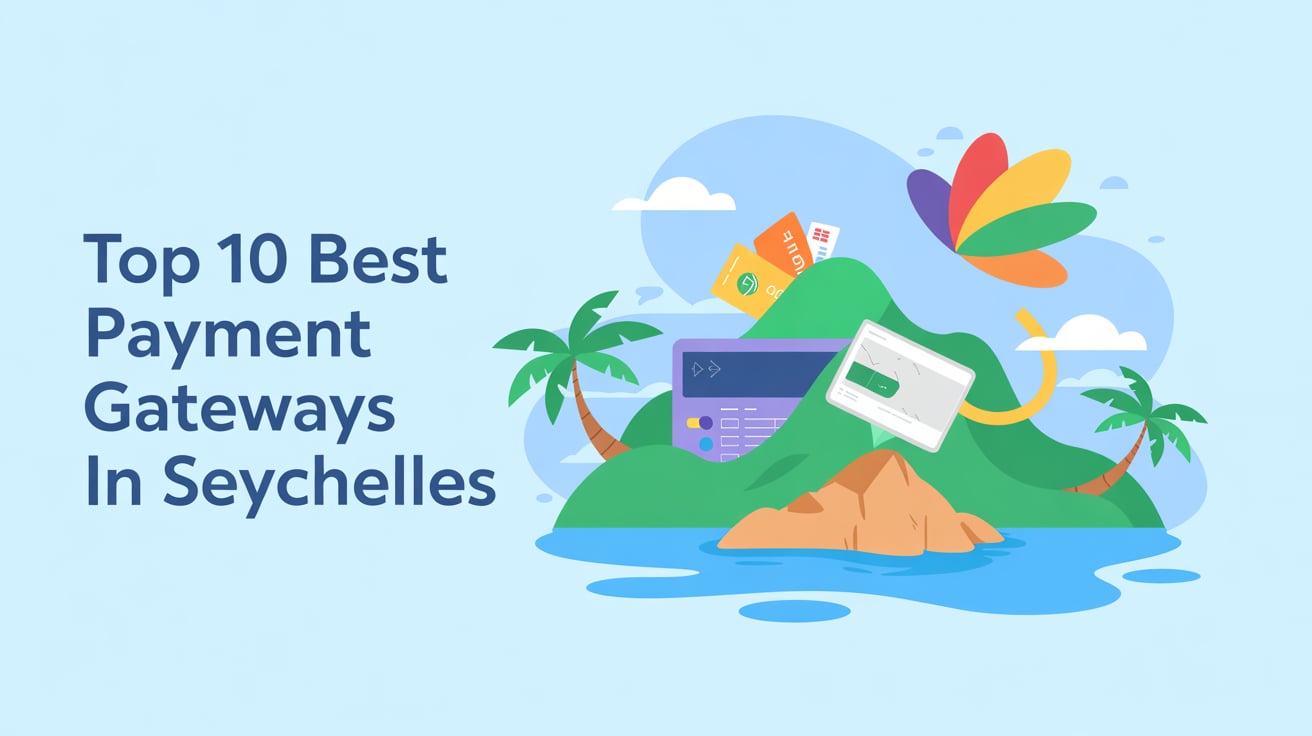
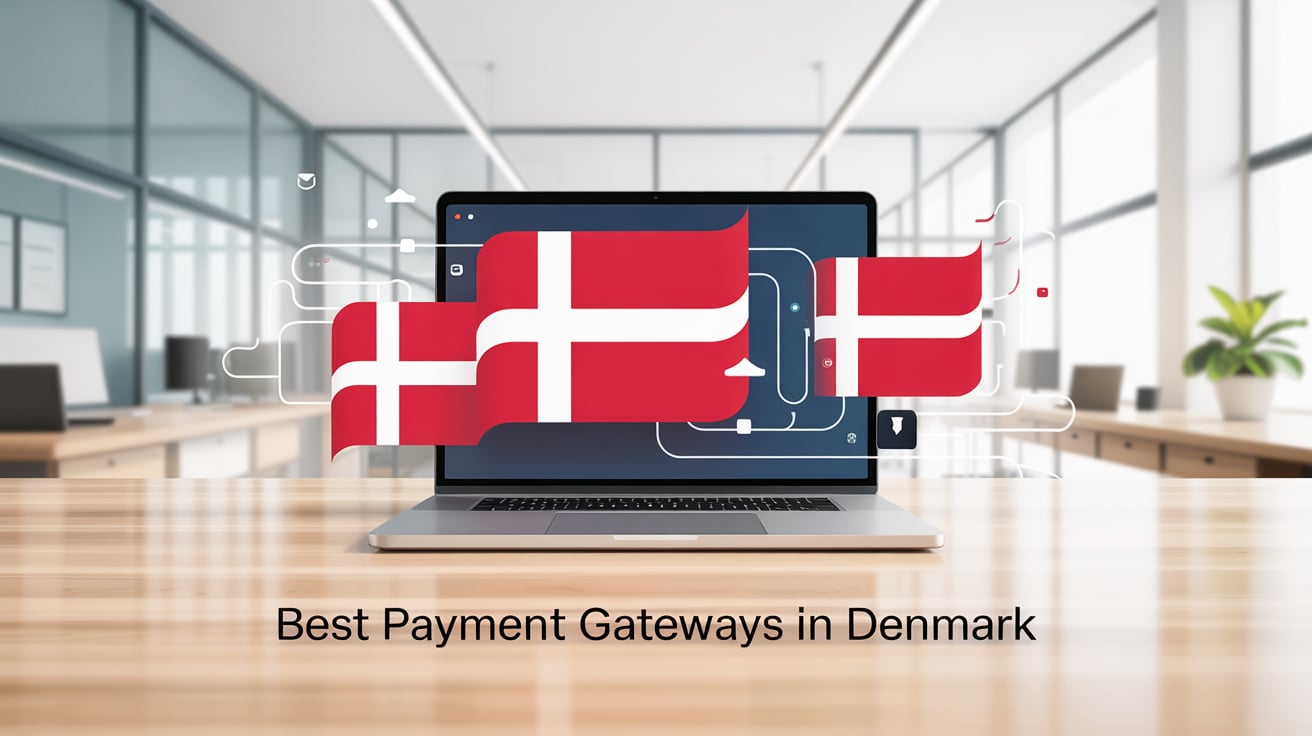
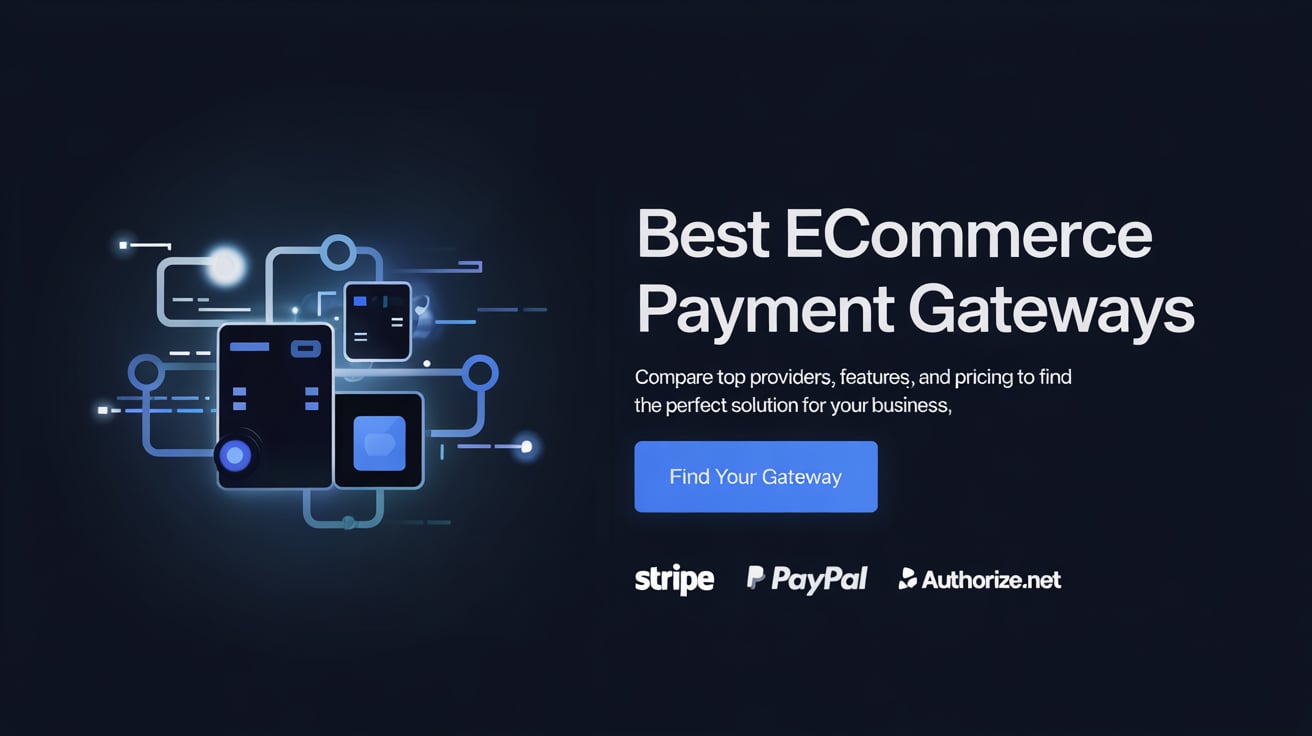
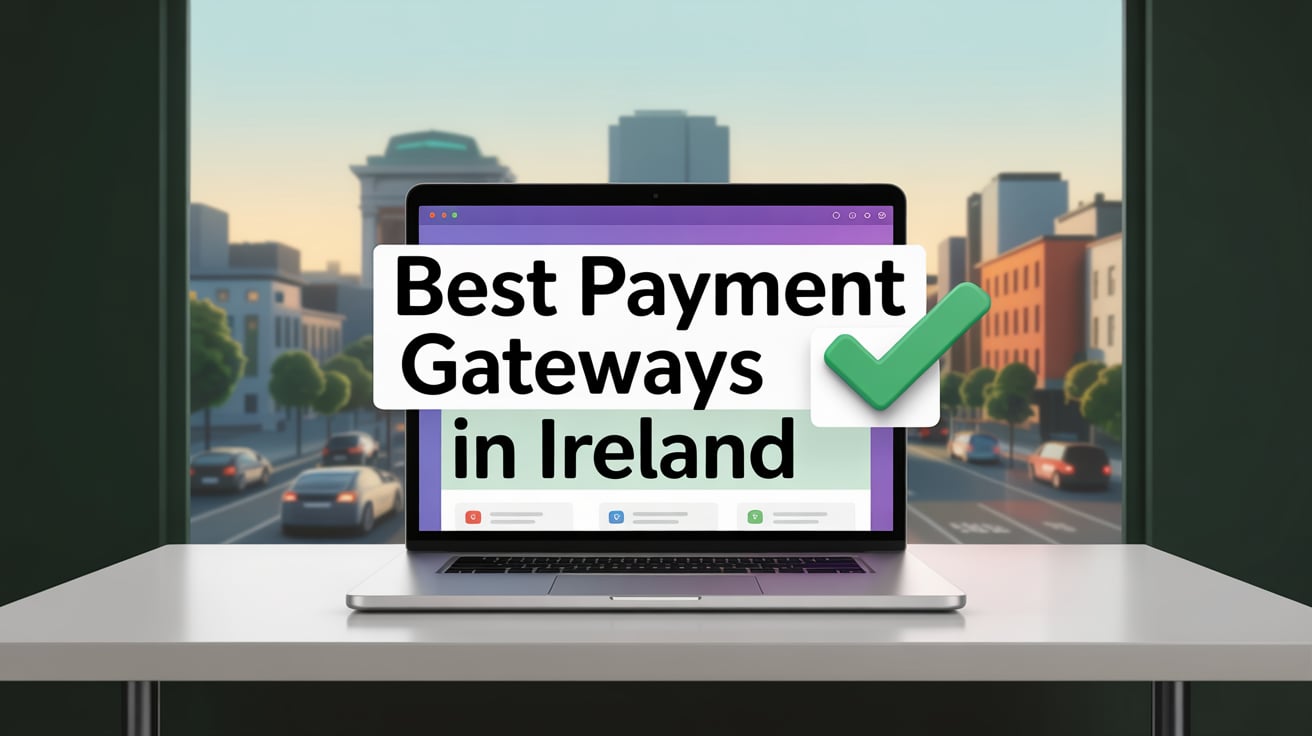

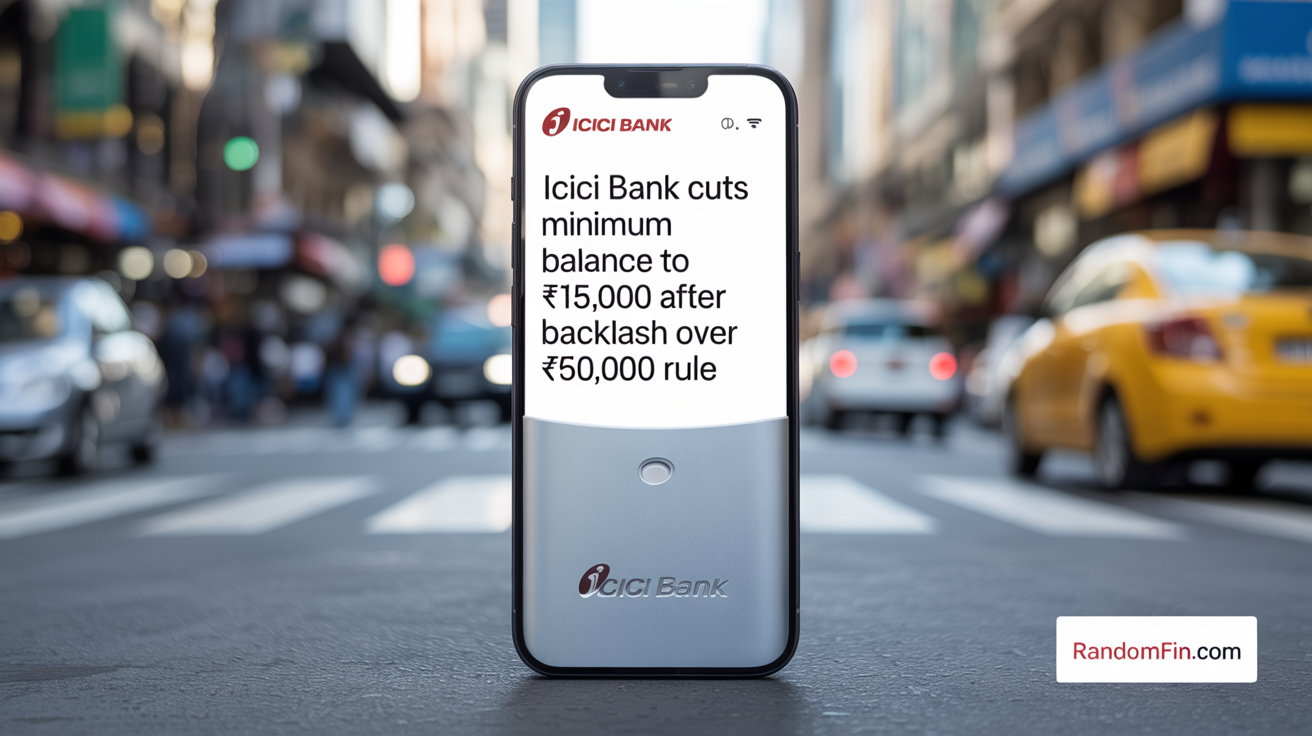


Leave a Reply